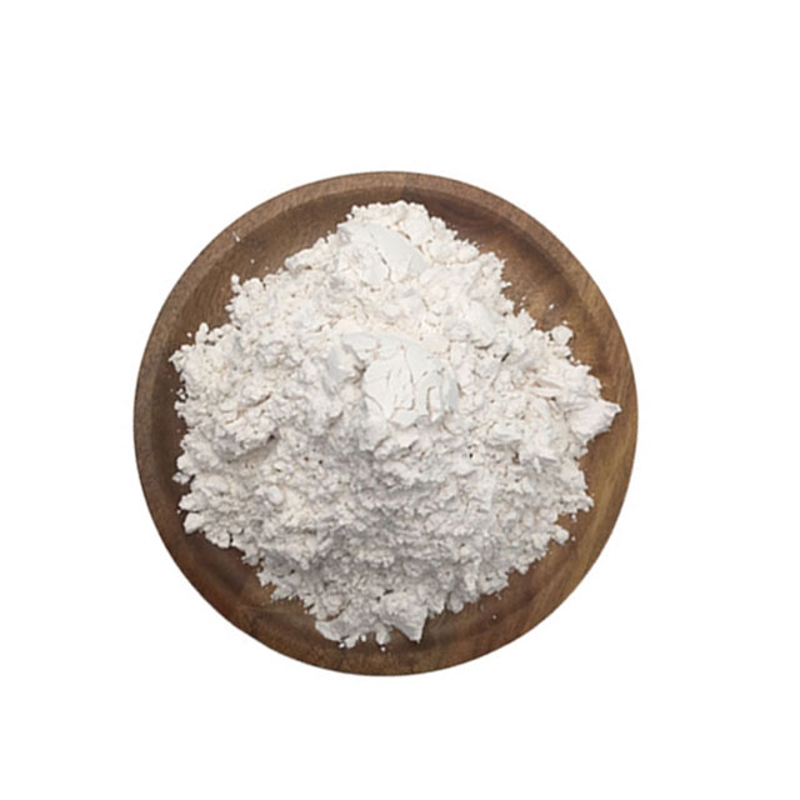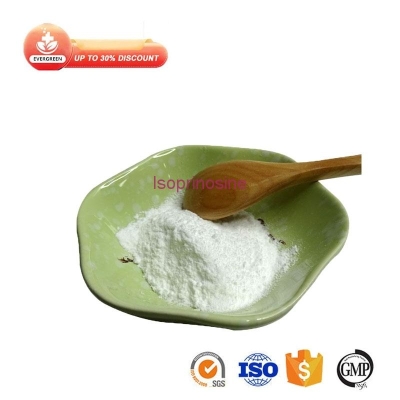Science: Is the third cure of AIDS in history really emerging?
-
Last Update: 2020-07-29
-
Source: Internet
-
Author: User
Search more information of high quality chemicals, good prices and reliable suppliers, visit
www.echemi.com
!--:page title"--July 16, 2020 /PRNewswire/ -- A 36-year-old man in Brazil appears to have cleared of an HIV infection, making him a proven case for a new drug that removes HIV from all hosts in the bodyAfter receiving antiretroviral (ARV) drugs and a particularly effective combination of niacinamide (vitamin B3), the man stopped all HIV treatment in March 2019 and, surprisingly, the virus did not return to his bloodTo protect his privacy, he called him a patient in Sao PauloSteven Deeks, an HIV/AIDS clinician at the University of California, San Francisco, said the patient's experience was "extraordinary" and he was not involved in the studyBut he and others, including the study's leaders, warn that such success esbeen long enough and unclear enough to label it a cureMost patients who suppress HIV with antiretroviral drugs and then stop treatment quickly return to high levels within a few weeksNot only did the Sao Paulo patient not rebound, but his HIV antibodies dropped to very low levels, suggesting that he may have removed infected cells from his lymph nodes and intestinesRicardo Diaz, a clinical researcher on the study at the Federal University of Sao Paulo, said he did not know if the patient had been cured"He has very few antigens," Diaz said"Antigens refer to HIV proteins that trigger the production of antibodies and other immune responsesBut he noted that his team had not taken a viral sample of the man's lymph nodes or intestines since the patient stopped treatmentPHOTO CREDIT: STEVE GSCHMEISSNER IS KNOWN TO HAVE ONLY TWO PEOPLE WHO HAVE CURED THEIR HIV INFECTION: TIMOTHY RAY BROWN AND A MAN WHO ASKED TO BE CALLED A LONDON PATIENT; BOTH HAVE RECEIVED BONE MARROW TRANSPLANTS AS PART OF CANCER TREATMENTBone marrow transplants cleared them of the infection and gave them a new immune system to fight the virusHowever, bone marrow transplants are an expensive and complex intervention that can have serious side effects, making it an impractical treatment for the 38 million people currently living with HIVOther cases of possible cure sin-related HIV have received intense media attention, but only to see the virus re-emerge after a long period of disappearanceMost soberingly, a baby in Mississippi started taking antiretroviral drugs shortly after birth and stopped treatment 18 months later, thinking it would be curable, but more than two years later the virus suddenly re-emergedSeveral adults who received a bone marrow transplant and appeared to have recovered have not actually been completely cured HIV has proved particularly difficult to eliminate because the virus weaves its genetic material onto human chromosomes, where it can sleep and evade surveillance by the immune system, which usually destroys foreign invaders These quietly infected cells may survive, perhaps indefinitely, because they have stem cell-like properties and can clone themselves Researchers have proposed several ways to flush a pool of cells that hide potential HIV infection, but none has proven effective To compare different hiv-infected cell bank cleaning strategies, Diaz and his colleagues recruited patients in Sao Paulo and others who had already controlled their HIV infection with antiretroviral drugs in 2015 The researchers used the most radical methods in the man and four others, adding two drugs to the three antiretroviral drugs they had taken, hoping to completely eliminate any HIV that might escape standard treatment On this "enhanced" basis, the team received nicotinamide treatment, which in theory stimulates infected cells to "wake up" the latent virus When these cells produce new HIV, they are either self-destructing or vulnerable to attacks by the immune system After 48 weeks of treatment on this strict schedule, five participants resumed their regular three drug regimens within three years, after which they stopped all treatments Four of them showed a rapid recurrence of the virus, but the Sao Paulo patient showed no signs of infection for 66 weeks Sensitive tests to detect viral genetic material did not detect HIV in his blood In another, more sensitive experiment, the researchers mixed his blood with HIV-prone cells and found no new infection cells Interestingly, the man was the only one of the five to detect the virus twice in a standard blood test during nicotinamide fortification In Diaz's view, this suggests that the cells that are latent lysons have been activated, causing transient phenomena of the virus "I always want to sing the opposite, but in this case, I'm optimistic," Diaz said "Maybe this strategy isn't good for everyone, because it works only for one in five people But maybe it did clear the virus I think it's possible Diaz said he had not heard of reports of a drop in HIV antibody levels after the treatment was stopped, except for two patients who had received a bone marrow transplant One big question, he says, is whether the man really stopped taking antiretroviral drugs "I haven't taken any AIDS drugs since March 30, 2019," the Sao Paulo patient said Diaz plans to confirm this by checking the man's blood for antiretroviral drugs Another unknown factor is how long the man began taking antiretroviral drugs after contracting HIV Studies have shown that a small percentage of people who start antiretroviral treatment shortly after infection are more likely to control the virus over a longer period of time if they stop taking the drug, presumably because they have never built a large virus pool in infected cells The patient, from Sao Paulo, began treatment two months after being diagnosed in October 2012 Like most people living with HIV, he was unsure when the infection occurred, but he suspected it was in June 2012 The only certainty is that he was tested negative in 2010 !--/ewebeditor:!--webeditor: !--:page title" -- it's not clear how nicotinamide awakens silent infected cells When HIV's DNA is tightly wrapped around chromosomes called histones, it is still lurking In order to make a copy of the virus, it must be expanded, Diaz said, and there is evidence that nicotinamide can trigger the development of this DNA in different ways Sharon Lewin, an AIDS treatment researcher at the Peter Doherty Institute for Infection and Immunology in Melbourne, Australia, found the antibody's response interesting But she stressed that this was not a convincing controlled experiment "We need to go beyond HIV mitigation reporting, and I would be very excited to see multiple participants in clinical trials with long-term remission." That's where progress really needs to be made in this area Reference: An found-but far from-proven HIV cure in 'S? O Patient Patient Dreams Met Realities at AIDS Monkeys reveal new clues a elusive HIV vaccine and cure HIV resurfaces in 'Mississippi baby' many presumed cured has a second person with HIV bechcured? !--/ewebeditor:page.
This article is an English version of an article which is originally in the Chinese language on echemi.com and is provided for information purposes only.
This website makes no representation or warranty of any kind, either expressed or implied, as to the accuracy, completeness ownership or reliability of
the article or any translations thereof. If you have any concerns or complaints relating to the article, please send an email, providing a detailed
description of the concern or complaint, to
service@echemi.com. A staff member will contact you within 5 working days. Once verified, infringing content
will be removed immediately.







